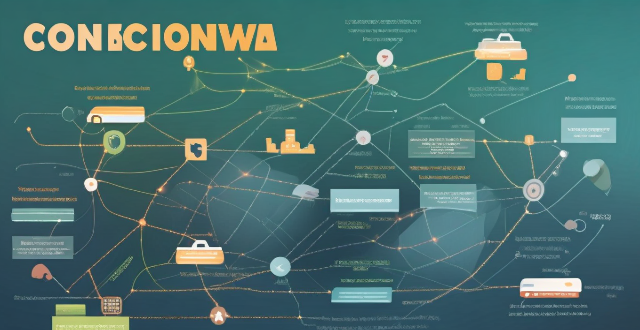Network congestion slows down internet speed by causing delays, packet loss, and reduced throughput. Effective management strategies such as traffic shaping, load balancing, caching, QoS settings, infrastructure upgrades, CDNs, and congestion control algorithms can mitigate these issues and improve overall network performance.

Network Congestion: Effect on Internet Speed and Management Strategies
What is Network Congestion?
Network congestion occurs when too much data is trying to pass through a network at the same time, slowing down the transfer rate of data packets. This typically happens when multiple users are simultaneously accessing the internet or when a large number of data-intensive applications are running.
Impact on Internet Speed
*Slower Connections*
When networks are congested, it leads to slower internet speeds because the available bandwidth is shared among more users or applications. This can result in:
- Increased Latency: The time it takes for data to travel from your device to the server and back again is increased.
- Packet Loss: Data packets may be lost during transmission due to the high volume of traffic.
- Lower Throughput: The overall amount of data that can be transmitted successfully over a period of time is reduced.
*Quality of Service Degradation*
Applications that require real-time communication, such as video conferencing or online gaming, can suffer from poor performance due to jitter (variation in delay) and reduced quality.
Management Strategies
*Traffic Shaping*
Network administrators can use traffic shaping to control the flow of data by prioritizing certain types of traffic over others. This ensures that critical applications receive sufficient bandwidth.
*Load Balancing*
Distributing network traffic across multiple servers or paths can help alleviate congestion. This technique is often used in data centers and cloud computing environments.
*Caching*
Storing frequently accessed data closer to end-users (in local caches) reduces the need to retrieve data from distant servers, thus reducing the load on the network.
*Quality of Service (QoS) Settings*
Routers can be configured with QoS settings to manage bandwidth allocation based on different priorities assigned to various types of network traffic.
*Upgrade Infrastructure*
Improving the network infrastructure by adding more bandwidth or upgrading hardware can directly address the issue of congestion.
*Use of Content Delivery Networks (CDN)*
CDNs distribute content across multiple geographical locations, reducing the distance data has to travel and thereby alleviating congestion.
*Implementing Congestion Control Algorithms*
TCP/IP networks employ congestion control algorithms that adjust the rate of data transmission based on network conditions. These algorithms help maintain stability during periods of high traffic.
Conclusion
Network congestion negatively affects internet speed by causing delays, packet loss, and reduced throughput. However, effective management strategies such as traffic shaping, load balancing, caching, QoS settings, infrastructure upgrades, CDNs, and congestion control algorithms can mitigate these issues and improve overall network performance.